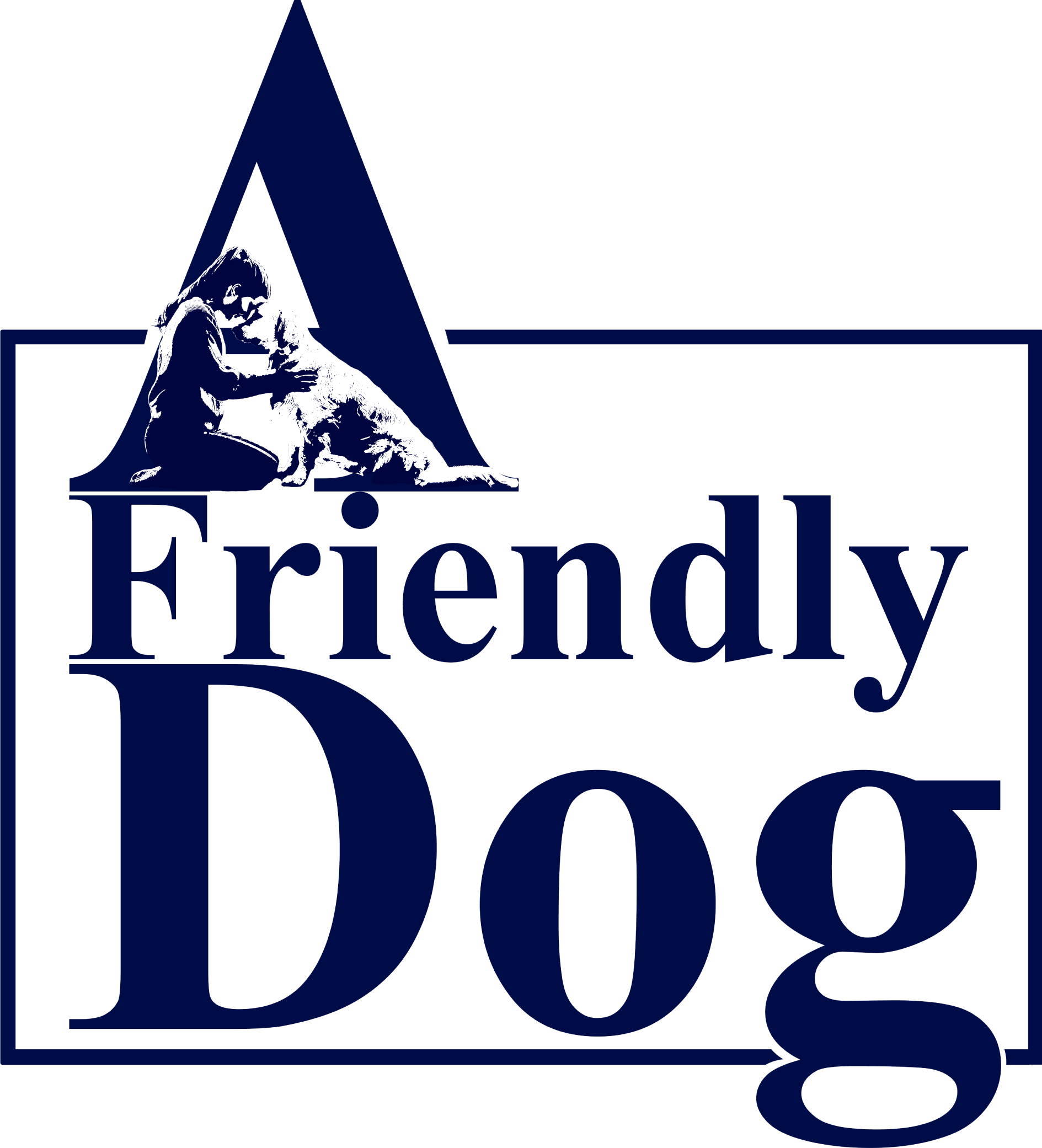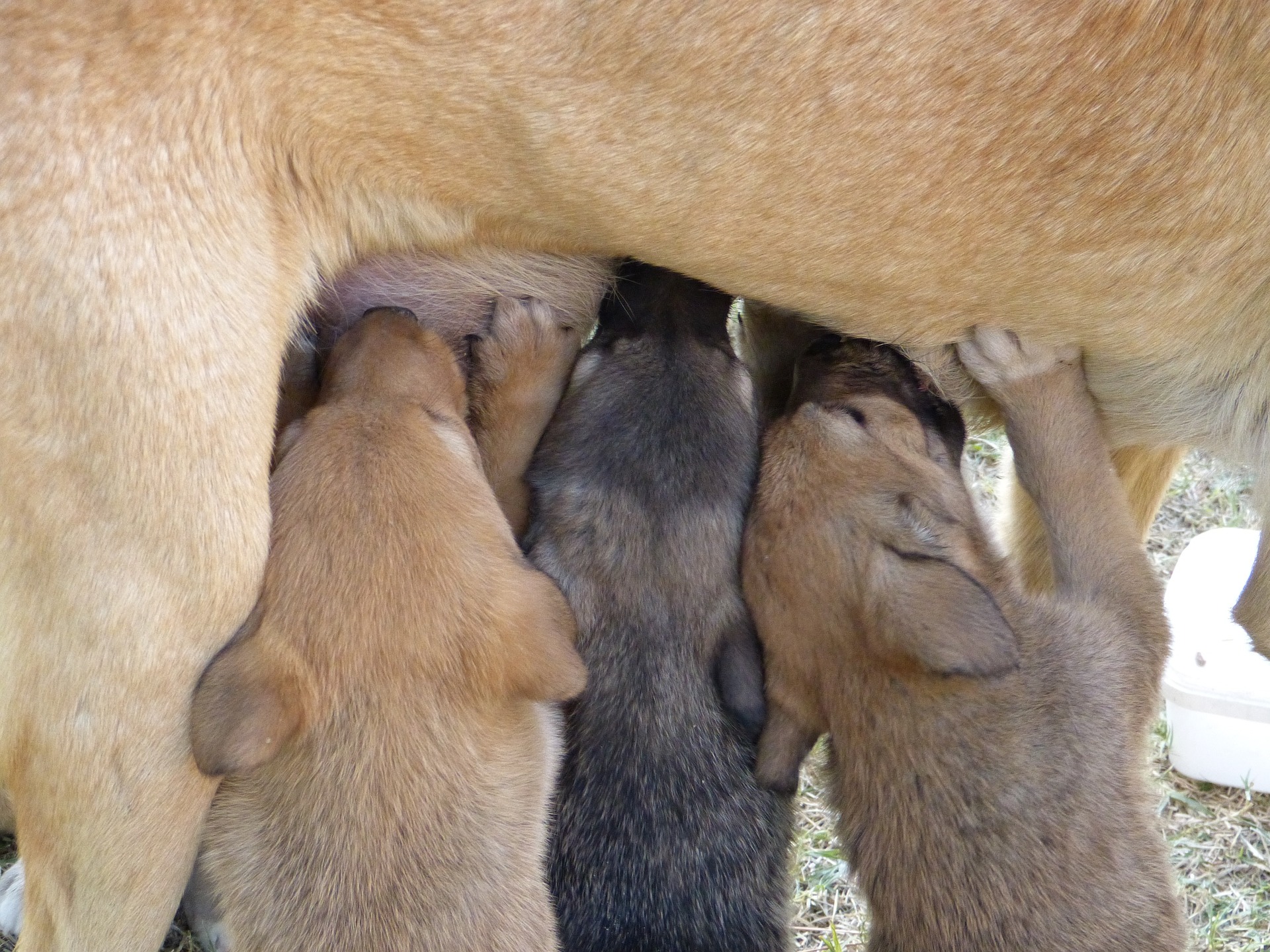The initial considerations regarding home-cooked meals revolve around potential drawbacks such as increased cost, complexity in preparation, uncertain nutritional value without extensive research (which can be time-consuming), and challenges in storage and advance preparation when one is employed full-time or away for short or extended periods. Numerous inquiries may arise, such as the arrangements for a dog’s stay in a kennel or the provision of specialized diets for dogs with specific needs.
Additionally, the matter of catering to different dietary requirements during various stages of a dog’s life cycle may also be a concern. It is easy to succumb to the convenience of simply opening a can or bag of commercial dog food and pouring it into a bowl, as it seemingly satisfies the dog’s contentment. However, as we previously discussed, striving for excellence is always worthwhile, and even the best can be improved upon, particularly when it pertains to the well-being of our canine companions.
In order to effectively prepare meals at home, it is advisable to adopt an open-minded approach. The practical aspects of providing homemade food include a comprehensive approach. Firstly, it is crucial to ensure that the food is fresh and stored appropriately, with clear labeling to prevent spoilage and the consumption of expired items. Secondly, the food should contain the necessary nutrients and be supplemented as required to maintain a balanced diet. Of course, talk with your vet if you are in doubt.
Furthermore, it is important to provide an adequate quantity of food on a consistent schedule, similar to any other type of food. Additionally, it is recommended to allocate provisions for a variety of snacks and treats, incorporating natural and wholesome ingredients that offer a range of flavors and textures whenever possible. Lastly, it should be an enjoyable and fulfilling experience to provide nourishment for your pet, thus establishing it as a new routine.
We will discuss specific diet options, storage choices and more but let’s start small and not become overwhelmed on this new journey to wellness! Let us engage in a comprehensive examination of distinct dietary alternatives, taste preferences, and additional considerations. However, by taking modest steps, avoiding any sense of being overwhelmed, we will embark upon an epic adventure towards achieving optimal well-being with our beloved canine companions.
A selection of items that can aid in commencing include containers in the form of jars, storage bags, and freezer bags. You’ll also need a sterilization apparatus (including a considerably big boiler pot and jarring tongs), water-resistant food labels (or use writable storage bags), indelible markers, additional jar lids., storage containers for accommodating larger quantities of feeding items/equipment, paper/cloth towels, a hygienic and unobstructed cooking/preparation space, ample stainless steel bowls for blending purposes and utensils for mixing (including measuring cups for precise portion control). Also helpful would be a calendar, planner, or application for effectively organizing meal schedules.
Please bear in mind that it is not necessary to strive for perfection or become excessively burdened. In the event of unsuccessful attempts, make greater effort. Additionally, it is imperative to ensure that the dog is adequately nourished and, if necessary, have commercial products on hand in case of unexpected circumstances. Enjoy the experience!

